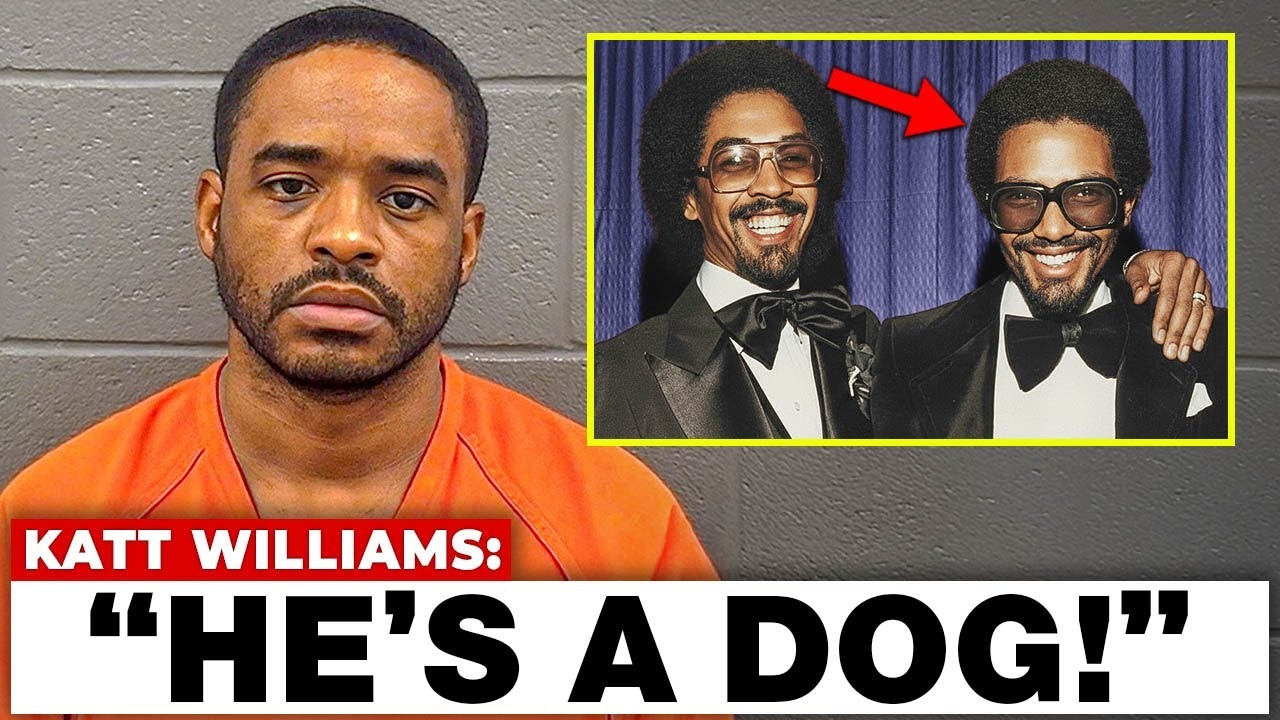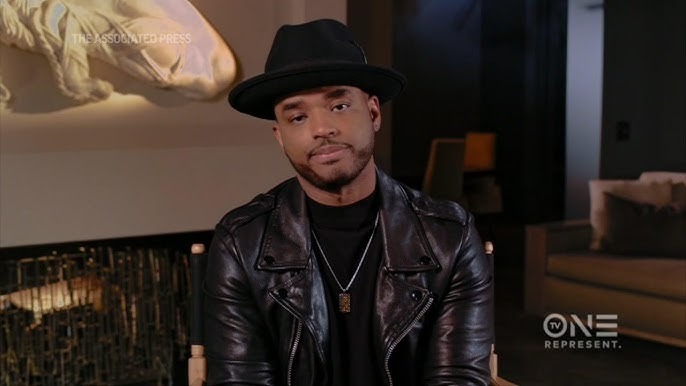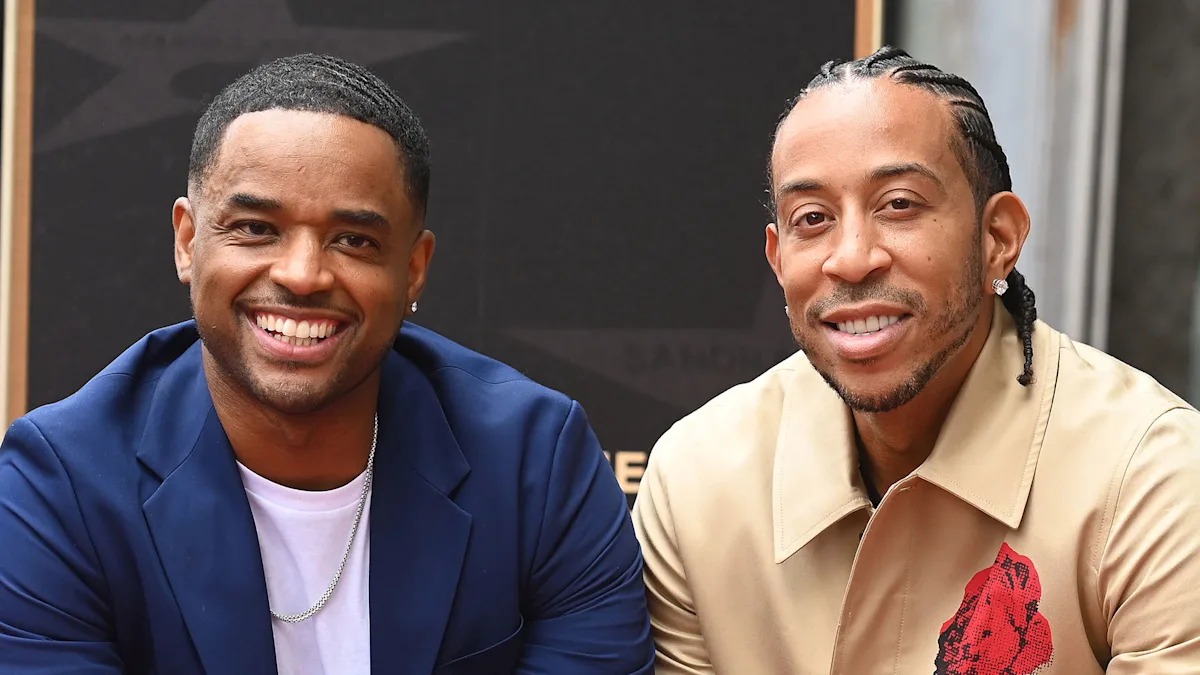# Larenz Tate: How Hollywood’s System Trapped a Generation’s Finest Actor

Larenz Tate’s career trajectory reveals Hollywood’s calculated system of controlling Black talent. After his chilling portrayal of O-Dog in 1993’s “Menace II Society,” the 17-year-old actor found himself trapped in a typecasting prison that would define his entire career. What should have launched superstardom instead became a sophisticated mechanism of control.
The pattern emerged quickly. When Tate attempted to break free with roles like Drew in “The Inkwell” (1994), critics suddenly found his performance “forced” and “uncomfortable” playing an educated character.
The message was clear: stay in your assigned box. His Fox series “South Central,” which tackled real social issues, was canceled after one season despite strong ratings from Black audiences—while less compelling white-led shows received endless renewals.
“Love Jones” (1997) should have changed everything. Playing romantic lead Darius Lovehall, Tate proved his versatility and the film became a cultural phenomenon. For the first time, he had leverage to negotiate. But when his agents approached studios for fair compensation citing the film’s success, they hit a wall.

Studio executives claimed he was “pricing himself out,” even as white actors with lesser track records secured $10-20 million deals. The sabotage was subtle but effective—instead of capitalizing on “Love Jones,” Hollywood offered him supporting roles in white films or leads in smaller Black productions with minimal marketing.
The “international distribution lie” became another weapon. Studios repeatedly claimed Black actors didn’t sell overseas, using this fabrication to exclude them from lucrative revenue streams.
But when Tate traveled internationally, he discovered passionate fan bases across Europe, Asia, and Africa quoting his dialogue. The narrative was a calculated lie to maintain financial control.
By the 2000s, Hollywood had perfected their strategy. Unable to suppress his talent, they weaponized it—channeling him exclusively into villain roles.
Films like “Crash” (2004) showcased this perfectly: Tate played an articulate carjacker who critiques systemic racism while simultaneously embodying criminal stereotypes. His exceptional performances reinforced harmful narratives while preventing him from building the hero roles that create generational wealth.

The streaming revolution promised democratization but delivered sophisticated exploitation. Platforms hoarded viewership data, making it impossible for actors to prove their worth. When Tate joined “Power” as Councilman Rashad Tate in 2017, it seemed like his breakthrough. Instead, it was Hollywood’s most sophisticated trap yet—using his charisma to portray a corrupt Black politician, reinforcing every negative stereotype about Black leadership at a time when representation mattered most.
“I don’t think I’m underrated. I think I’m undervalued in Hollywood,” Tate stated, capturing the essence of systematic discrimination. Initially paid “peanuts” for “Power,” he had to negotiate his own deal after agents advised against the role.
Even when the show became a global phenomenon, proving the international distribution lie false, Tate was already in his 40s—his prime years spent fighting battles based on fabricated market research.
Larenz Tate’s story isn’t about failure—he’s worked consistently for three decades. It’s about what he could have accomplished if Hollywood’s control system hadn’t systematically limited one of his generation’s finest actors. The warning signs were always there. We should have listened.

